City of TRILJ
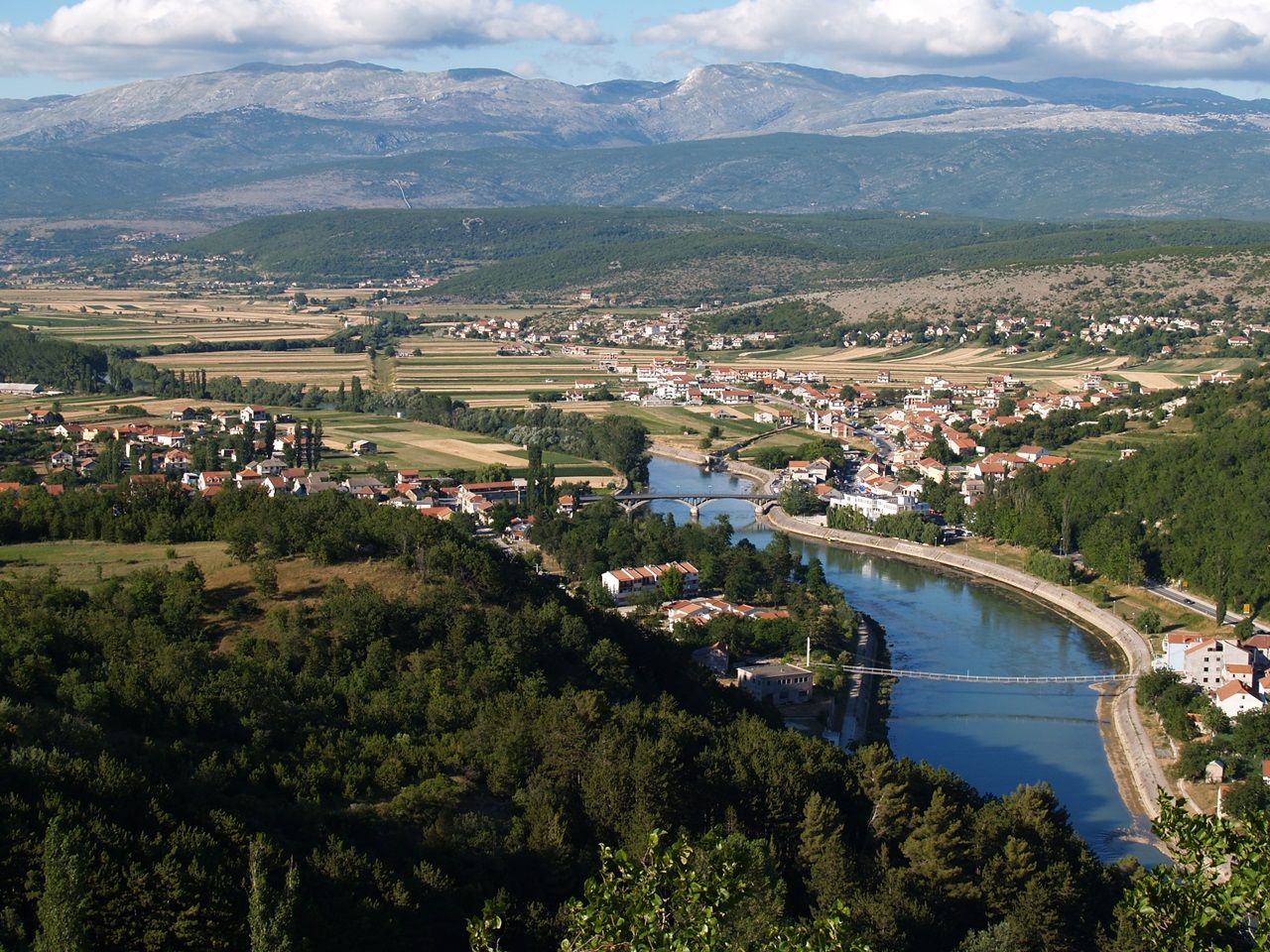
In the area of Trilj there are many archaeological findings dating way back to Mesolithic. The first ethnic group that inhabited this area are the Illyrian tribe Delmati. Delmati people lived in a hill forts along the communication lines that connected their capital Delminium with Adriatic coast. Hundred and fifty years of fierce fighting against the Romans (165 BC.- 9. AD) ended in defeat of Delmati people, after which Romans built legionary fortress Tilurium on the hill above Trilj.
At the top of the hill of Gardun, just 1 km south of Trilj, remains of legionary fortress at Tilurium can be found. Tilurium guarded the entrance to the Cetina valley from the south and the approach to the provincial capital at Salona.
 Area: / m2 / / sq mi
Area: / m2 / / sq mi
Population 2011
- City: 2.110
- Urban: 10.799
Elevation: 315 m / 1.050 ft
Tourist Board:
- +385/21/ 832 510
- This email address is being protected from spambots. You need JavaScript enabled to view it.
City suburbs:
Bisko, Budimir, Čačvina, Čaporice, Gardun, Grab, Jabuka, Kamensko, Košute, Krivodol, Ljut, Nova Sela, Podi, Rože, Strizirep, Strmendolac, Tijarica, Ugljane, Vedrine, Velić, Vinine, Vojnić Sinjski, Voštane, Vrabač i Vrpolje
City of IMOTSKI
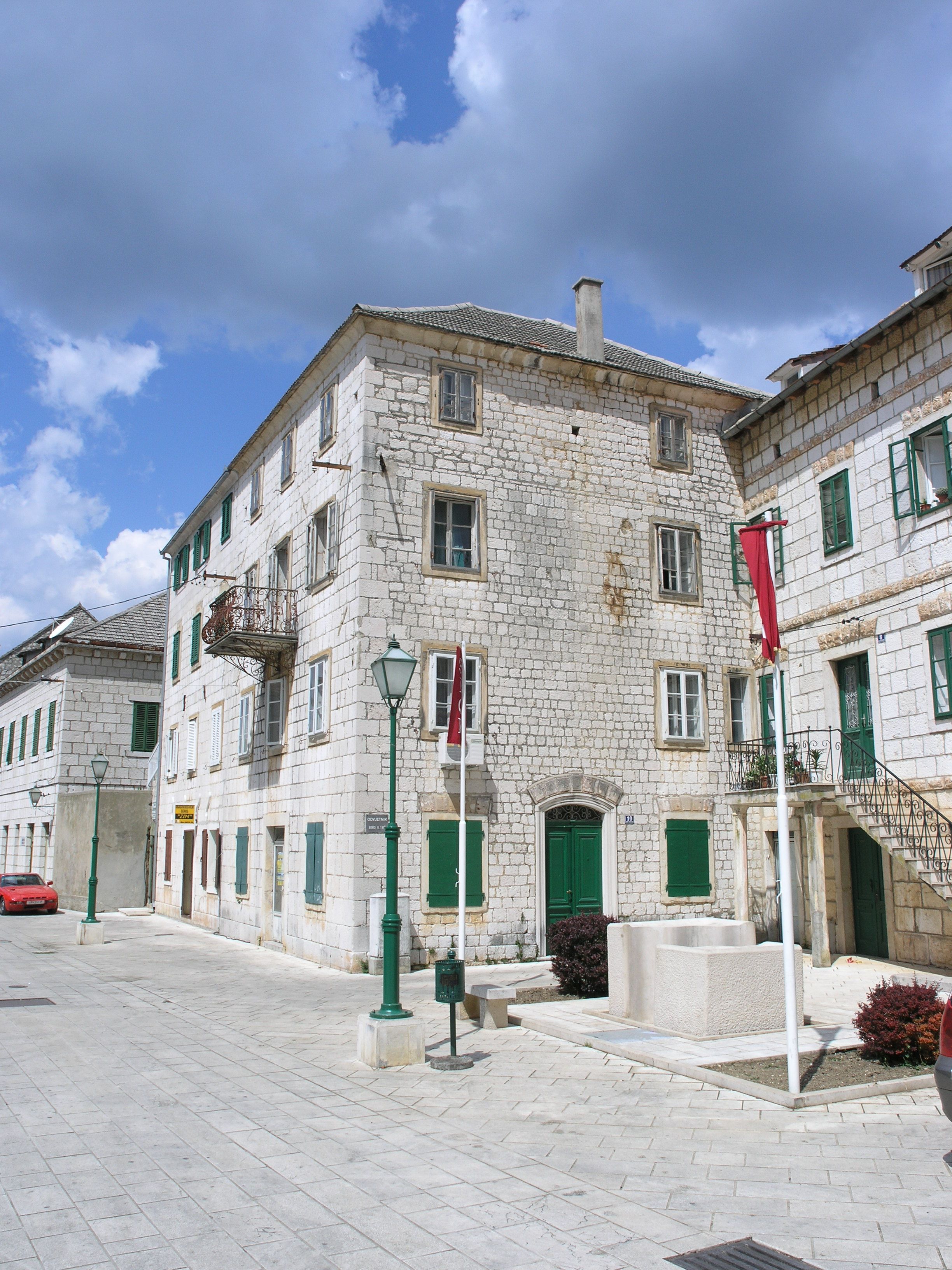
 Area: 73 km2
Area: 73 km2
Population 2011
- City: 33.253
- Urban: 10.213
Elevation: 300 m / 1.000 ft
Tourist Board:
- +385/21/ 842 221 :: +385/98/ 433 341
- This email address is being protected from spambots. You need JavaScript enabled to view it.
City suburbs:
Donji Vinjani, Glavina Donja, Glavina Gornja, Gornji Vinjani, Imotski, Medvidovića Draga
City of Dugopolje
 Dugopolje is a highly developed municipality in Croatia in the Split-Dalmatia County. It is a small town at the gates to Dalmatian inland, just 15 km from Split. Dugopolje has an ideal position, as it is located at the intersection of the state highway A1 Zagreb-Split-Dubrovnik and the highway D1 Split-Sinj, which connects the coast with the inland. Here in Dugopolje you can come to enjoy the natural beauty of the northern slopes of the Mosor Mountain and theVranjača cave, a protected geomorphologic natural monument in the village of Kotlenice. Or you can just come to shopping or watch football in Croatian Knights Sports Centre.
Dugopolje is a highly developed municipality in Croatia in the Split-Dalmatia County. It is a small town at the gates to Dalmatian inland, just 15 km from Split. Dugopolje has an ideal position, as it is located at the intersection of the state highway A1 Zagreb-Split-Dubrovnik and the highway D1 Split-Sinj, which connects the coast with the inland. Here in Dugopolje you can come to enjoy the natural beauty of the northern slopes of the Mosor Mountain and theVranjača cave, a protected geomorphologic natural monument in the village of Kotlenice. Or you can just come to shopping or watch football in Croatian Knights Sports Centre.
 Area: 64 km2
Area: 64 km2
Population 2011
- Urban: 3.120
Elevation: ---
Tourist Board:
- +385/21/ --- ---
- ---
City suburbs:
Dugopolje, Koprivno, Kotlenice, Liska
Honor Saint Jerome And Dalmatia
It may be on a short notice, but worth of a try. Today is Saint Jerome's day, for Dalmatia much more than ordinary Catholic holiday. Saint Jerome is a protector of Dalmatia, known as the first who translated Bible in Latin. In Split and its region, however, he is even more famous for his alleged saying "Forgive me Lord, for being a Dalmatian".
In Split, Saint Jerome is honoured in a small church on southern slopes of Marjan Hill, one of the most beautiful in a string of Marjan's spiritual circle. Those who like to hike, ride a bike or jog on Marjan, probably know that the most spectacular view can be seen from there, but trust us, it's worth of going there. This is what it looked like this morning.
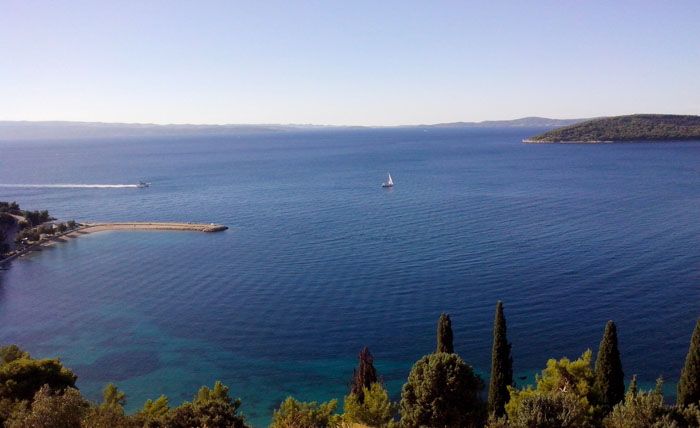
Now we are coming to a short notice. Saint Jerome's church is rarely open, but today there is an opportunity to see it inside. A holly mass will be held there today, September 30, at 4 pm. There is plenty of time to reach it, here is the route, nice walk from Riva. Cars are not allowed to go to Marjan. If you prefer not to walk, bus departs in front of Saint Francis church on Riva, at 3 pm.
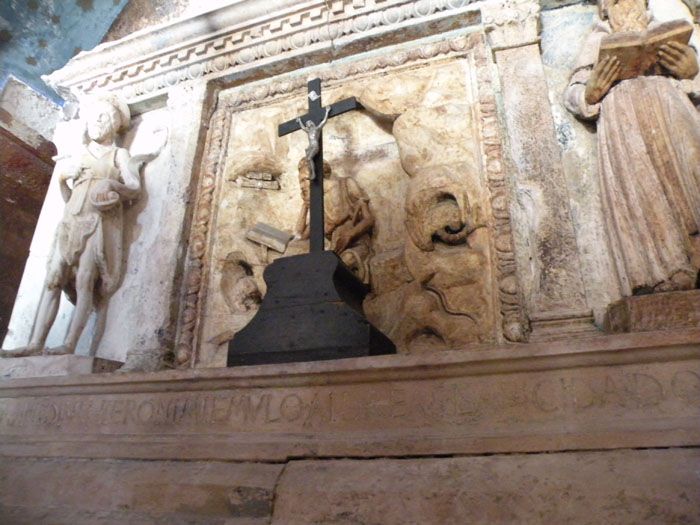
Time Travelling: Driving In Dalmatia In 1909
Recently I saw excellent BBC's documentary series Great Continental Railway Journeys with Michael Portillo retracing the journeys featured in George Bradshaw's 1913 Continental Railway Guide. Offtopic, Mr Portillo is former UK minister of defence, and I reported about his visit to British peacekeeping forces. Of course, there were no colourful shirts and suits he is wearing now.
This TV series reminded me on a book I found online last year, titled Motoring in the Balkans: Along the Highways of Dalmatia, Montenegro, the Herzegovina and Bosnia, publushed in 1909, and written by some Frances Kinsley Hutchinson. As much as I could have found about her, she is a lady from Chicago with no other travelling books or writings, and with only one other book, titled "Our country home".
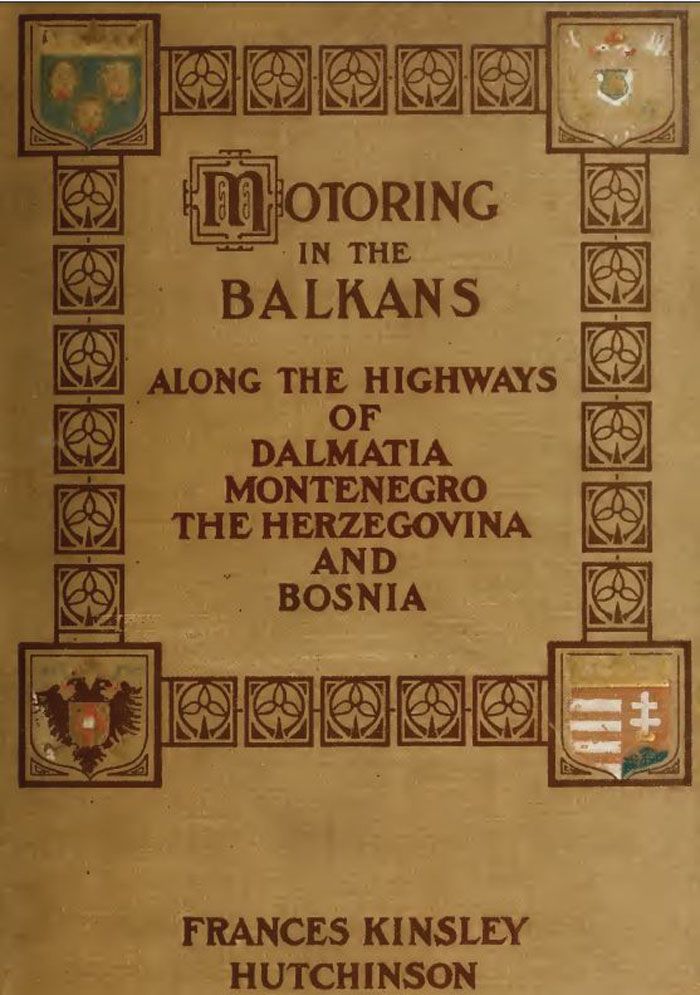
It was really adventurous trip in those days, when cars were rare even in more developed European countries. Of course, word "highways" in book's title depict something completely different than today, mostly driveable roads. This is one of the photos published in a book, probably Ms Hutchinson's car.

Also, we can only imagine how inhabitants of rural parts of Balkan viewed American lady with her escort travelling in a car. And she was a lady. And great and witty writer, too.
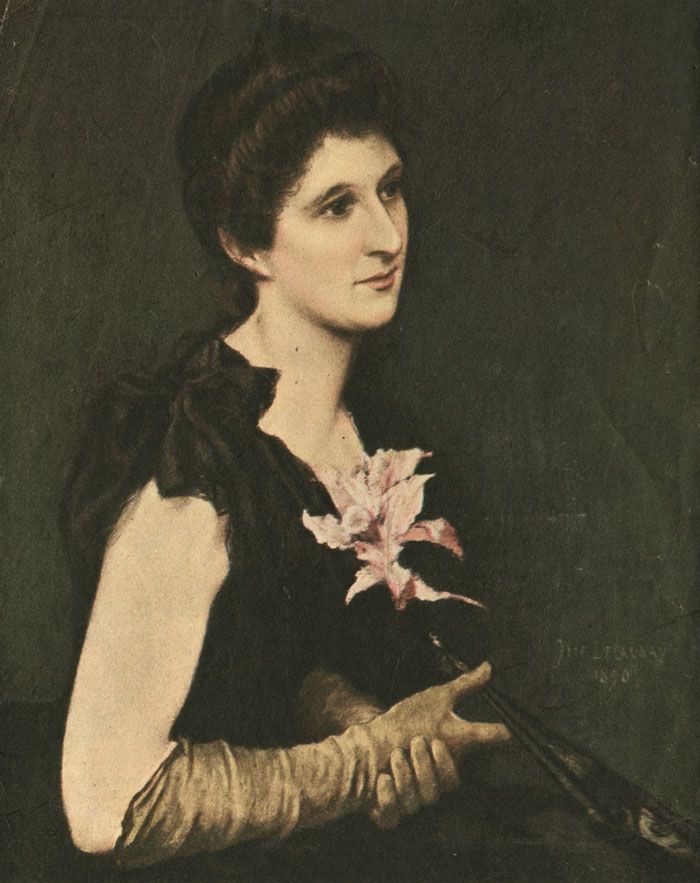
Writer and her party travelled really interesting route, 2372 kilometres lond. Trip began in Trieste, Italy, and then lead them to Opatija, Crikvenica, Senj, Gospić, Zadar, Skradin, Šibenik, Split, Solin, Klis, Metković, Dubrovnik. Further, they travelled to Montenegro's Zelenika and Cetinje, than back to Dubrovnik, and further to Bosnia-Herzegovina's Trebinje, Gacko, Travnik, Mostar, Jajce, Banja Luka, Novi. Route took them then to Plitvice, Karlovac, Zagreb, and finally to Slovenian Celje and Maribor, finishing in Austrian Graz and Vienna. And all that almost with no road maps, not to mention service stations. Impressive route, with all the most attractive locations included. Even today it would be interesting to drive it. We checked, it's not much shorter nowadays, Google Maps offered route of 2331 kilometres. Maybe new TV series? If anyone interested in producing it, I'm ready to drive, even if it includes remains of roads Ms Hutchinson drove by.
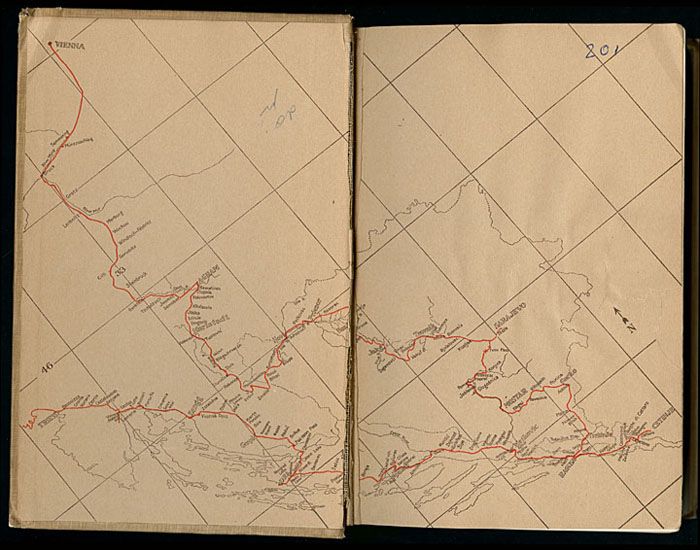
It was interesting to read how Ms Hutchinson described Split. They stayed in Grand Bellevue hotel, right on the western part of seaside promenade Riva (look at the main photo of this article), and spent four days in Split. I must say she was extremely precise in depicting all the city's landmark, especially Diocletian's palace she was really impressed with. What I liked even more is Ms Hutchinson's effort to get familiar with everyday life in Split, meeting people, shopping at the green market, and enjoying rare restaurants of the era. Writer visited Split prior to 1908, which is visible from her description of Saint Domnio cathedral covered in scaffolds due to a renovation. This was the view of Riva and Diocletian's Palace in time when she was here.
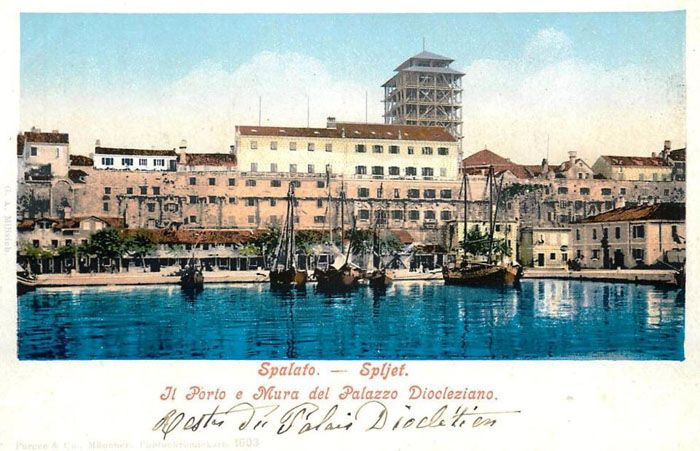
This book is really great reading, maybe one of the best of early tourism publications. You can read it online here. Also, it's available for Nook e-book readers, for free, here. There are some later editions available in paper, too, check out at Amazon.com.
Croat in Switzerland with New Spectacular Video: Dalmatia - Impressions
The quality videos showcasing one of the most beautiful countries in Europe keep on coming.
Dalmatia Dreams About a Tourism Minister Closer to Home
Are Croatia's tourism chiefs too centred on Istria?
Germans Top Visitors as Central Dalmatia Records Bumper 2015
The official numbers are in - it has been another exceptional year for tourism in Central Dalmatia.
Stunning Dalmatia: While Split Under Heavy Clouds, Mosor Offers Beautiful Sunny Vistas
The views atop a Dalmatian mountain are never dull, even in December.
Perfect Weather Conditions Make Italy Visible from Dalmatian Mountains
The bura wind may be cold, but it does set up the most spectaular views - all the way to Italy...


